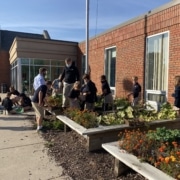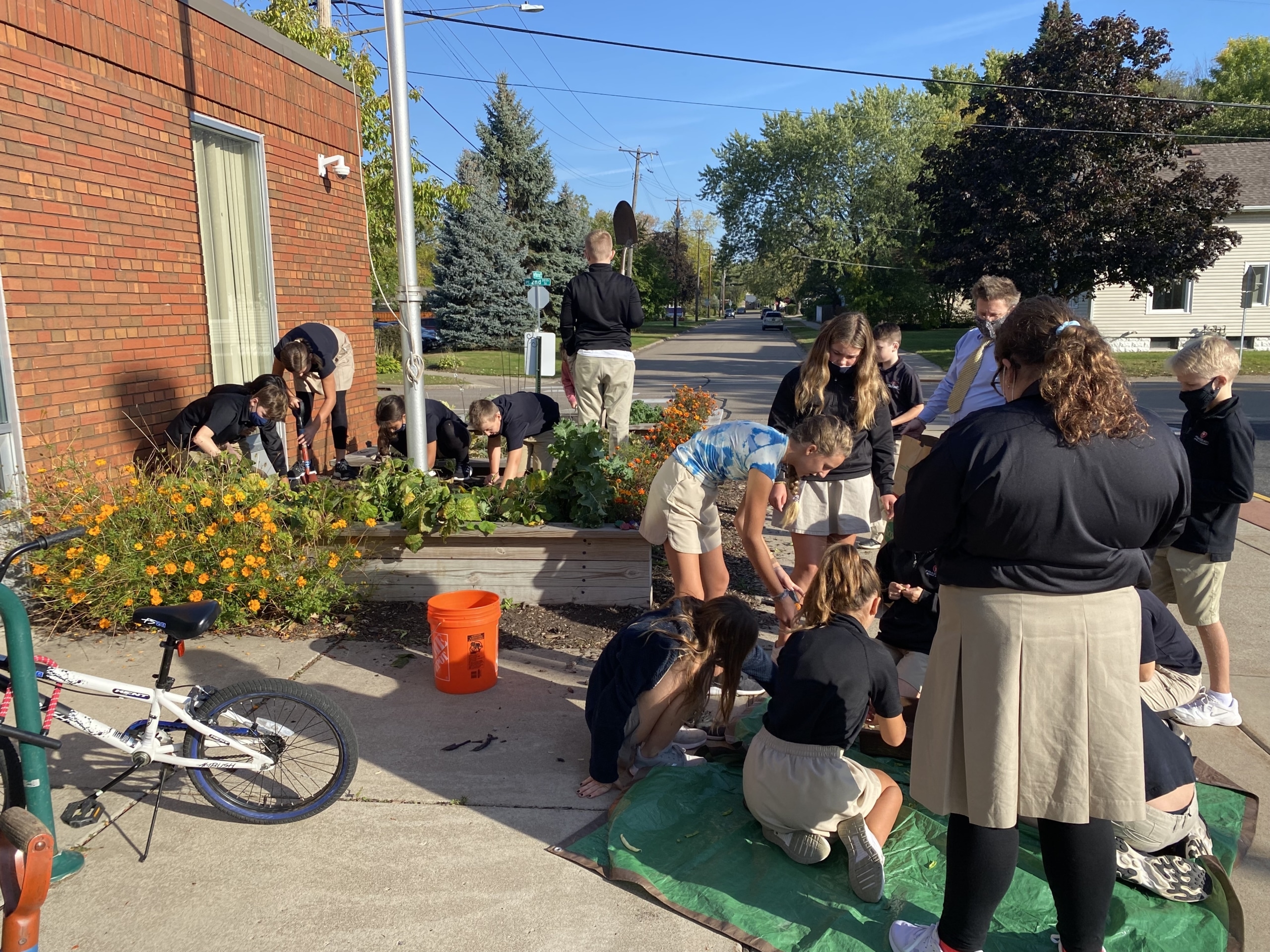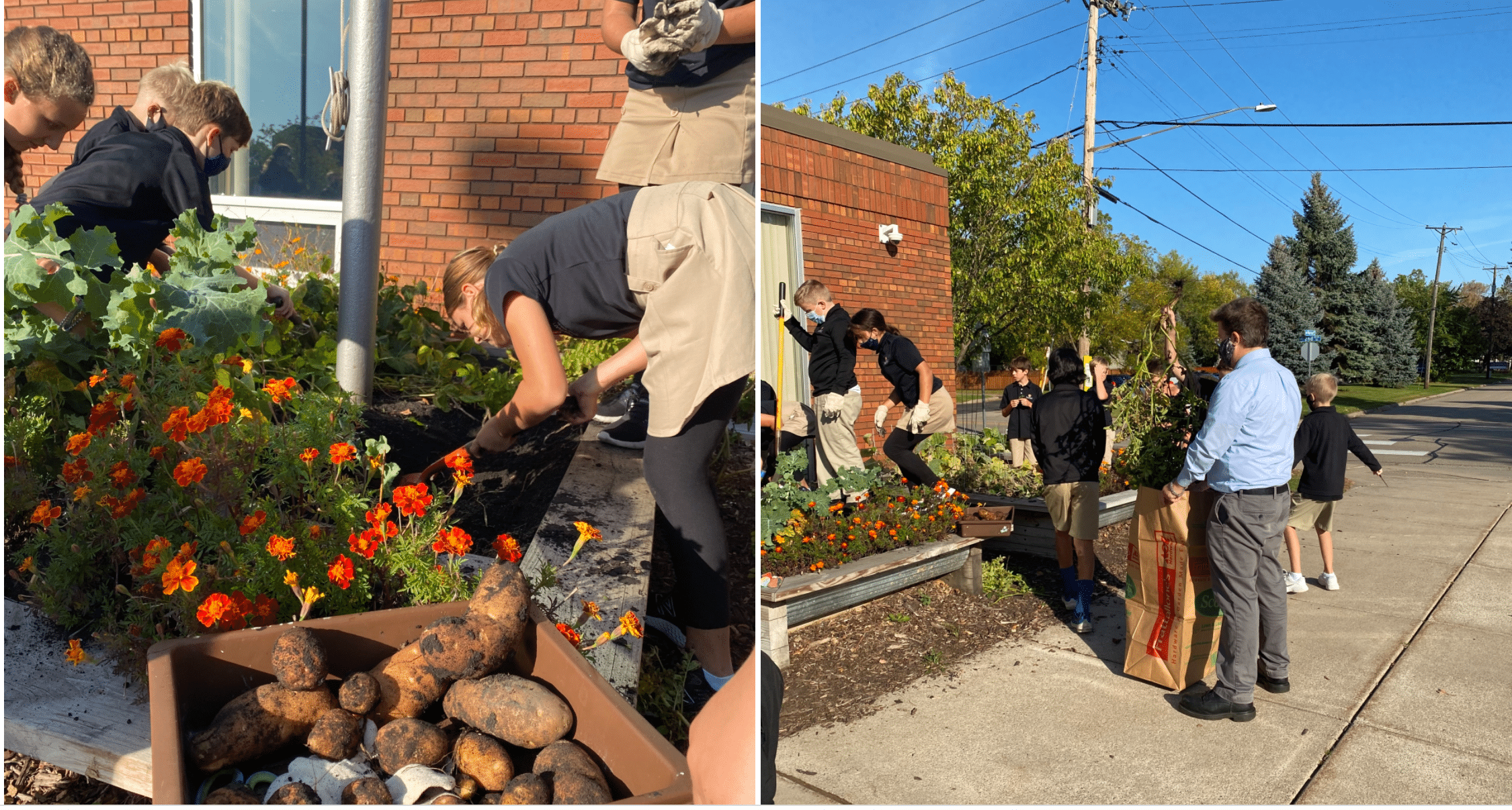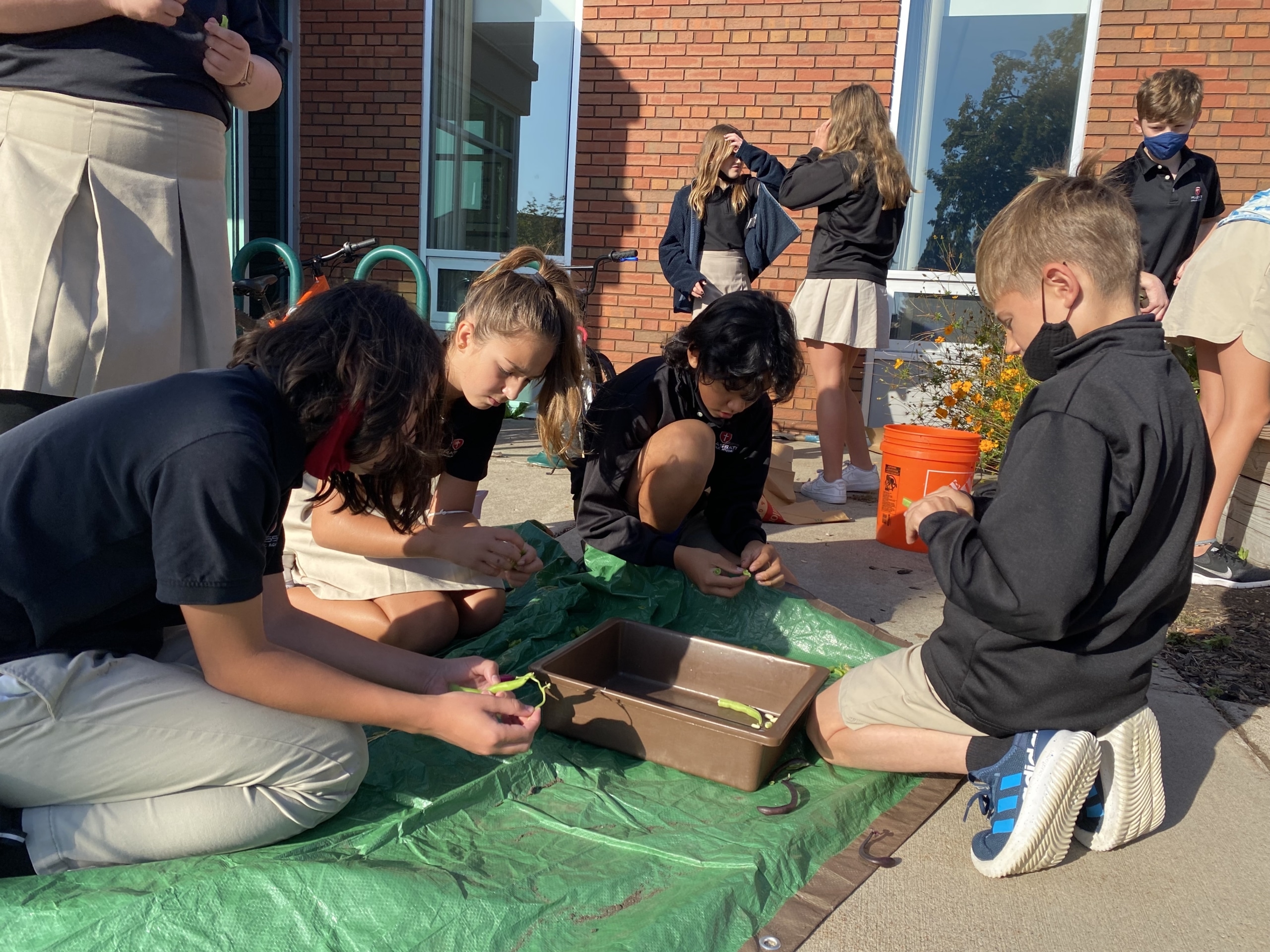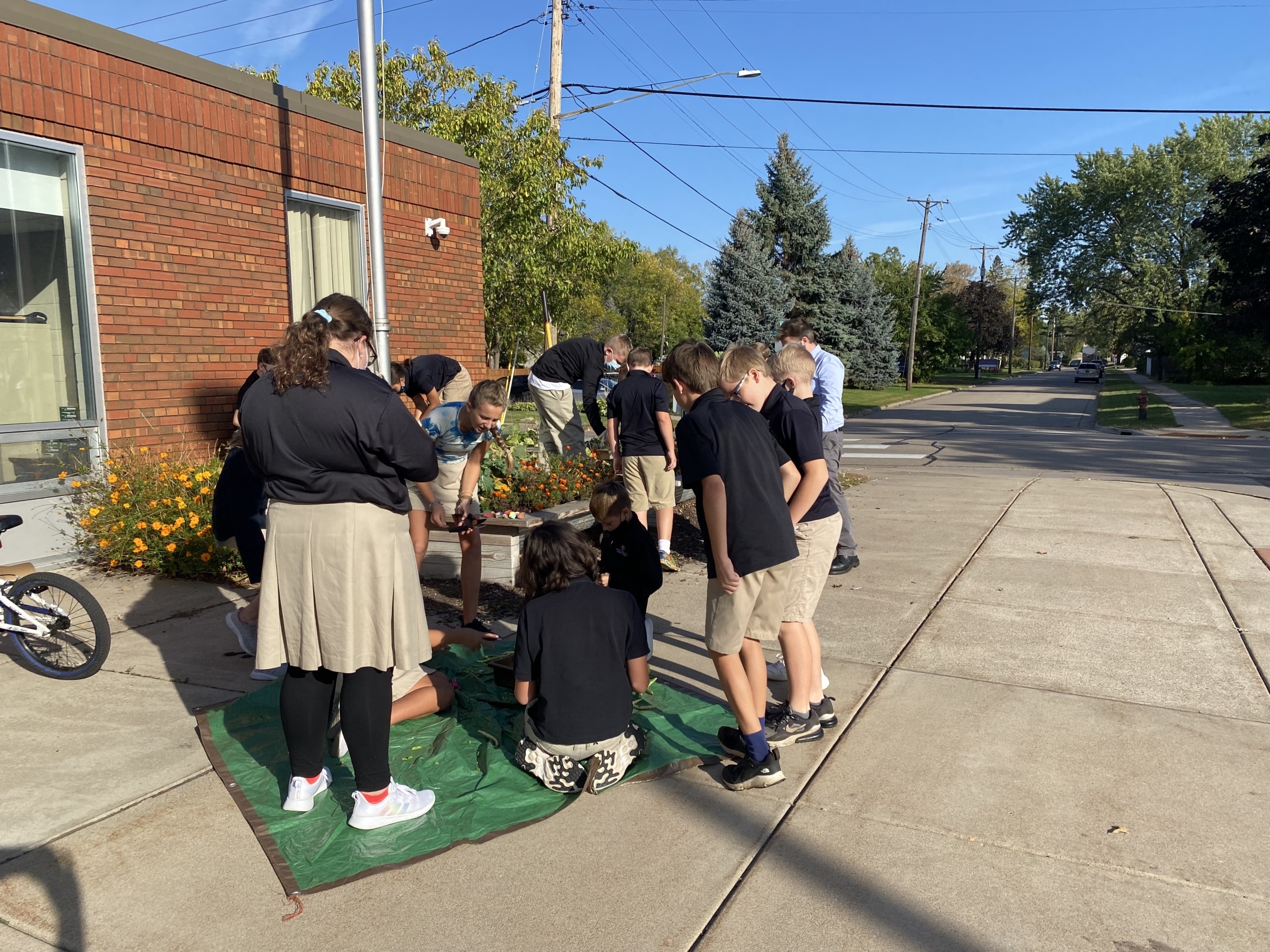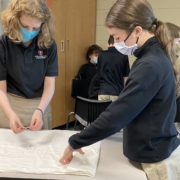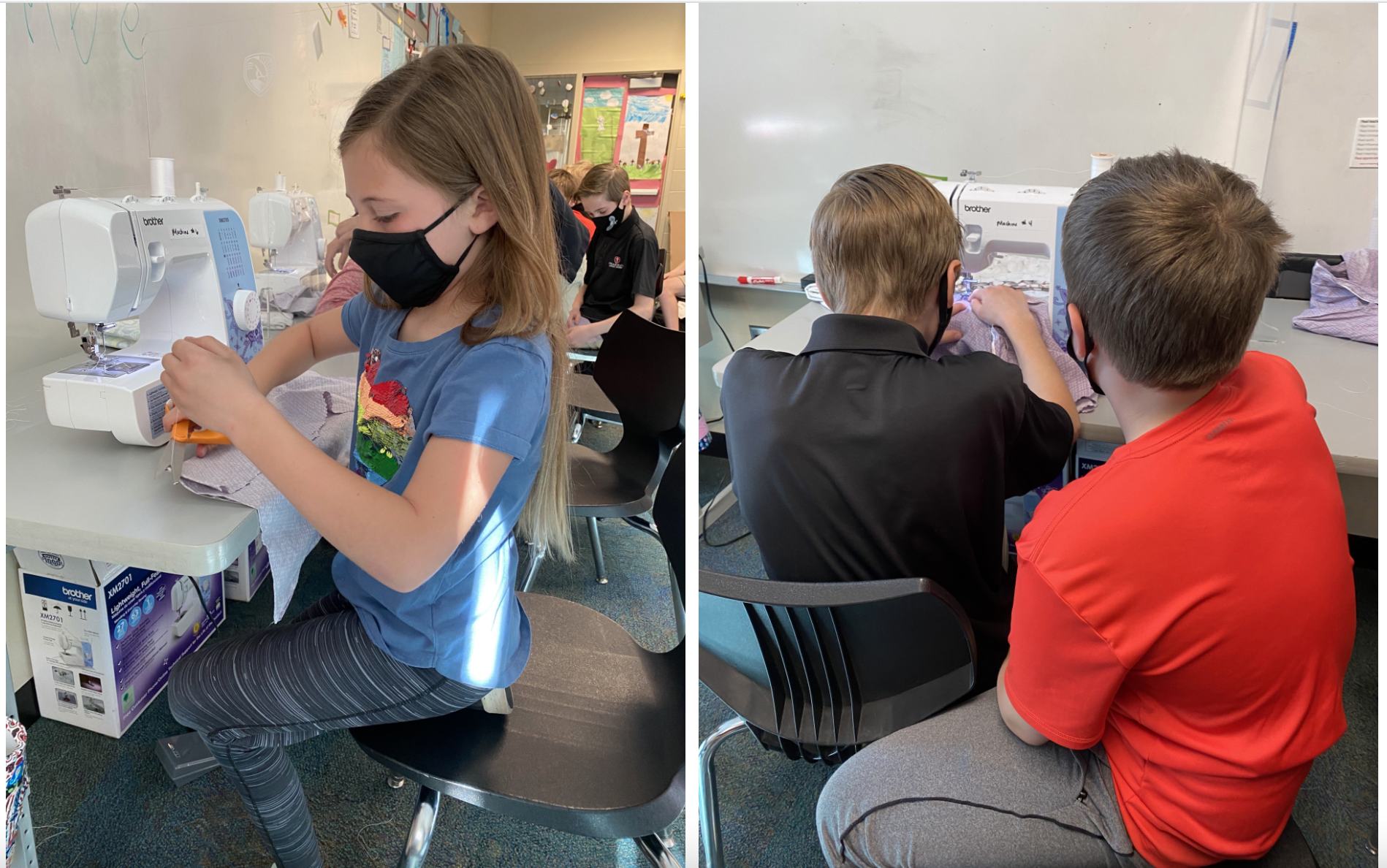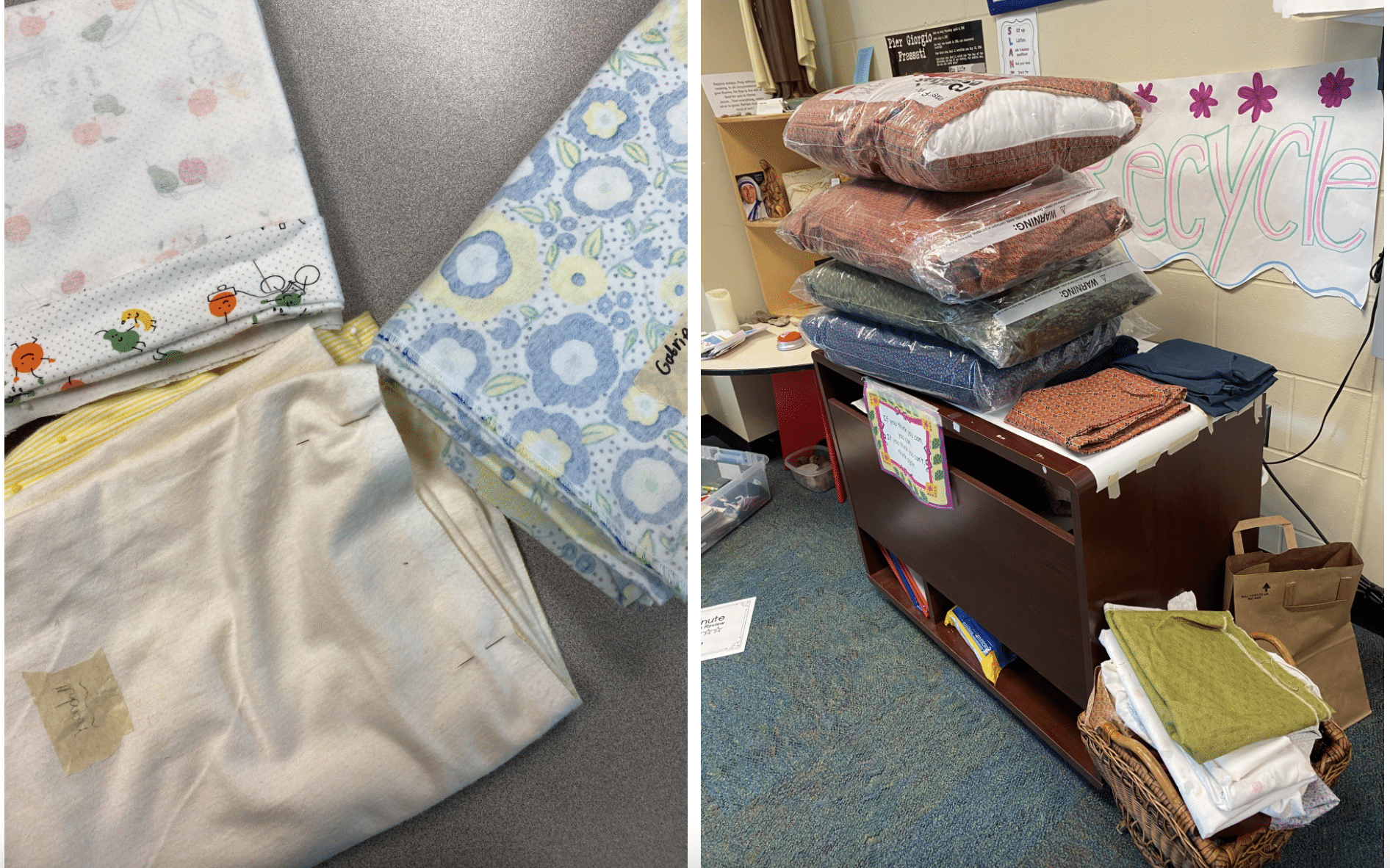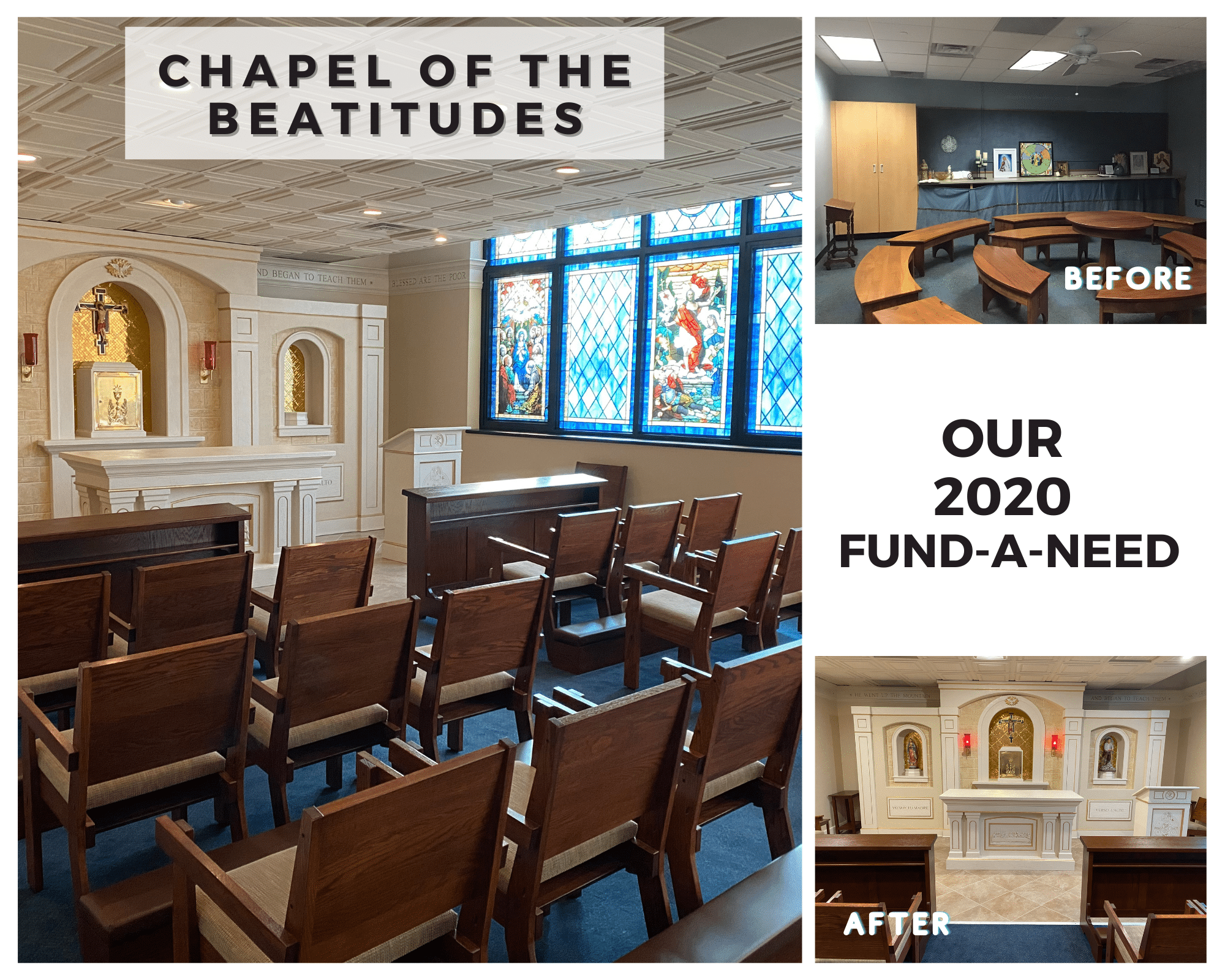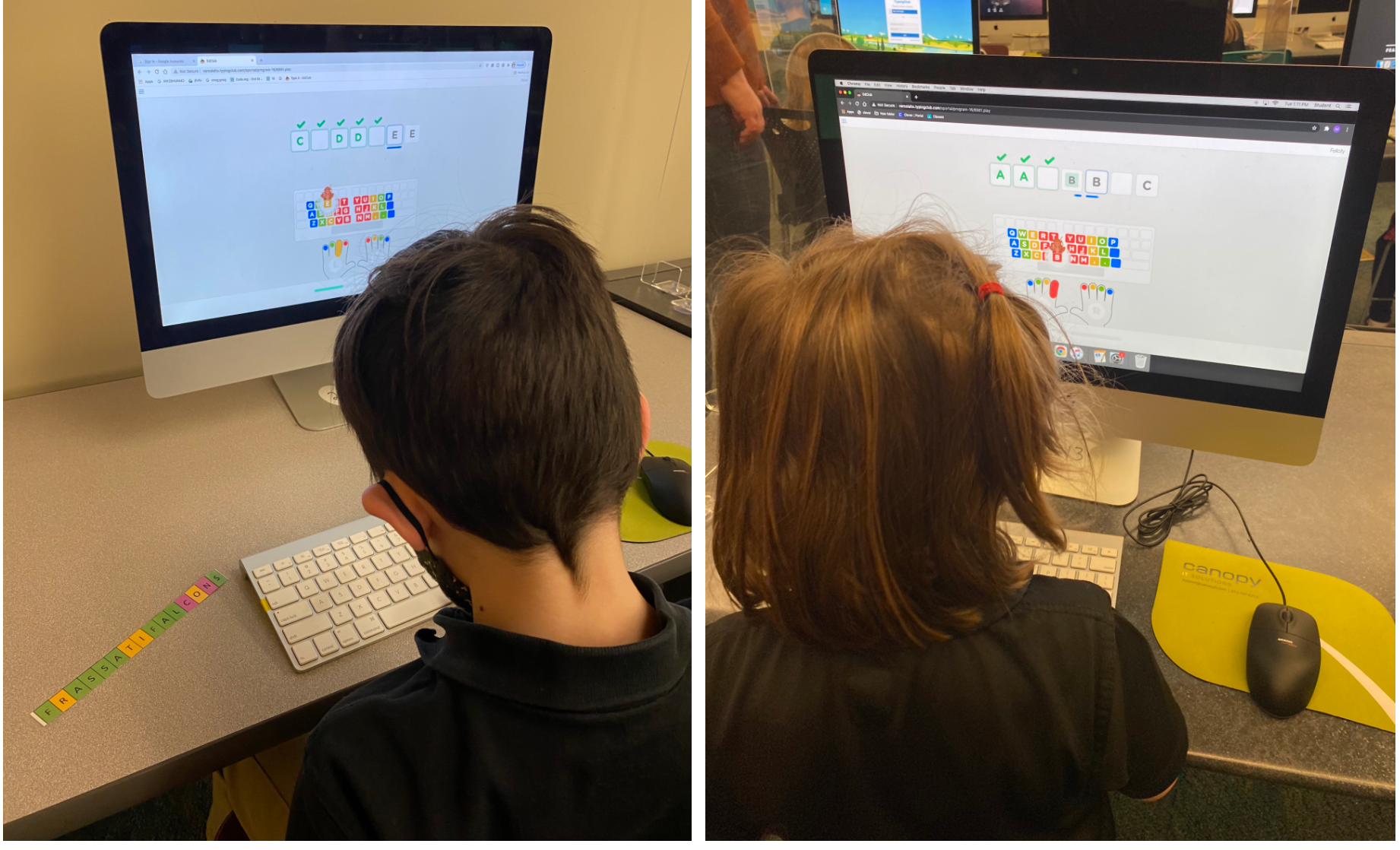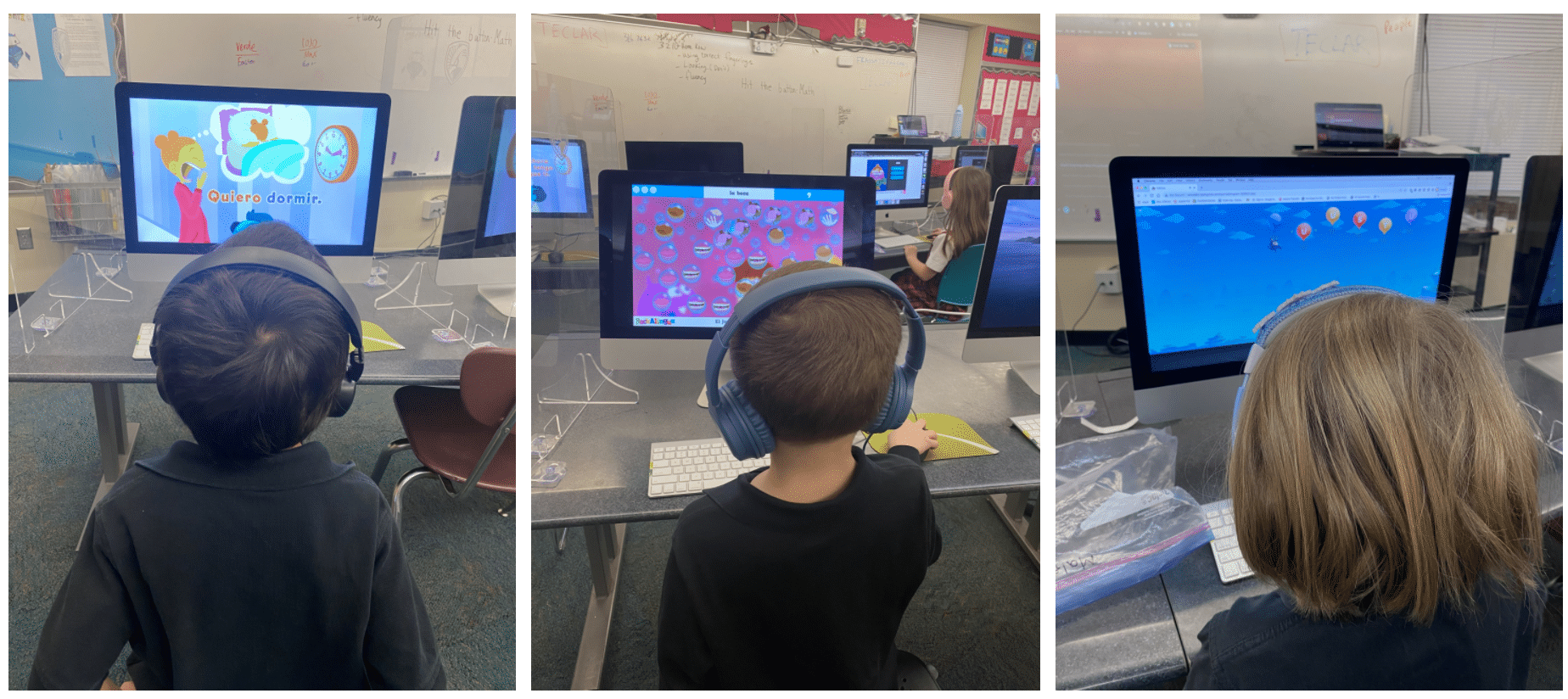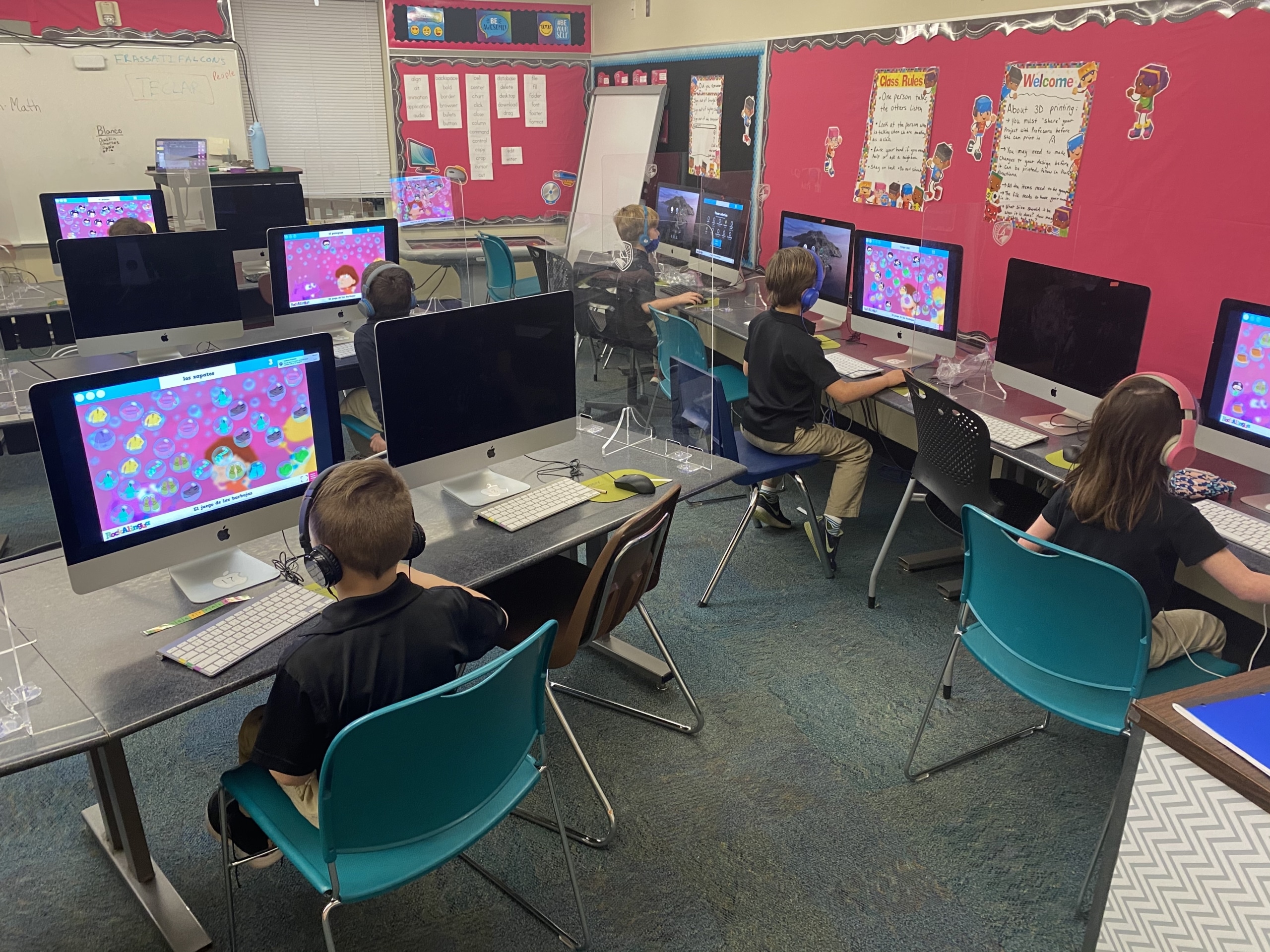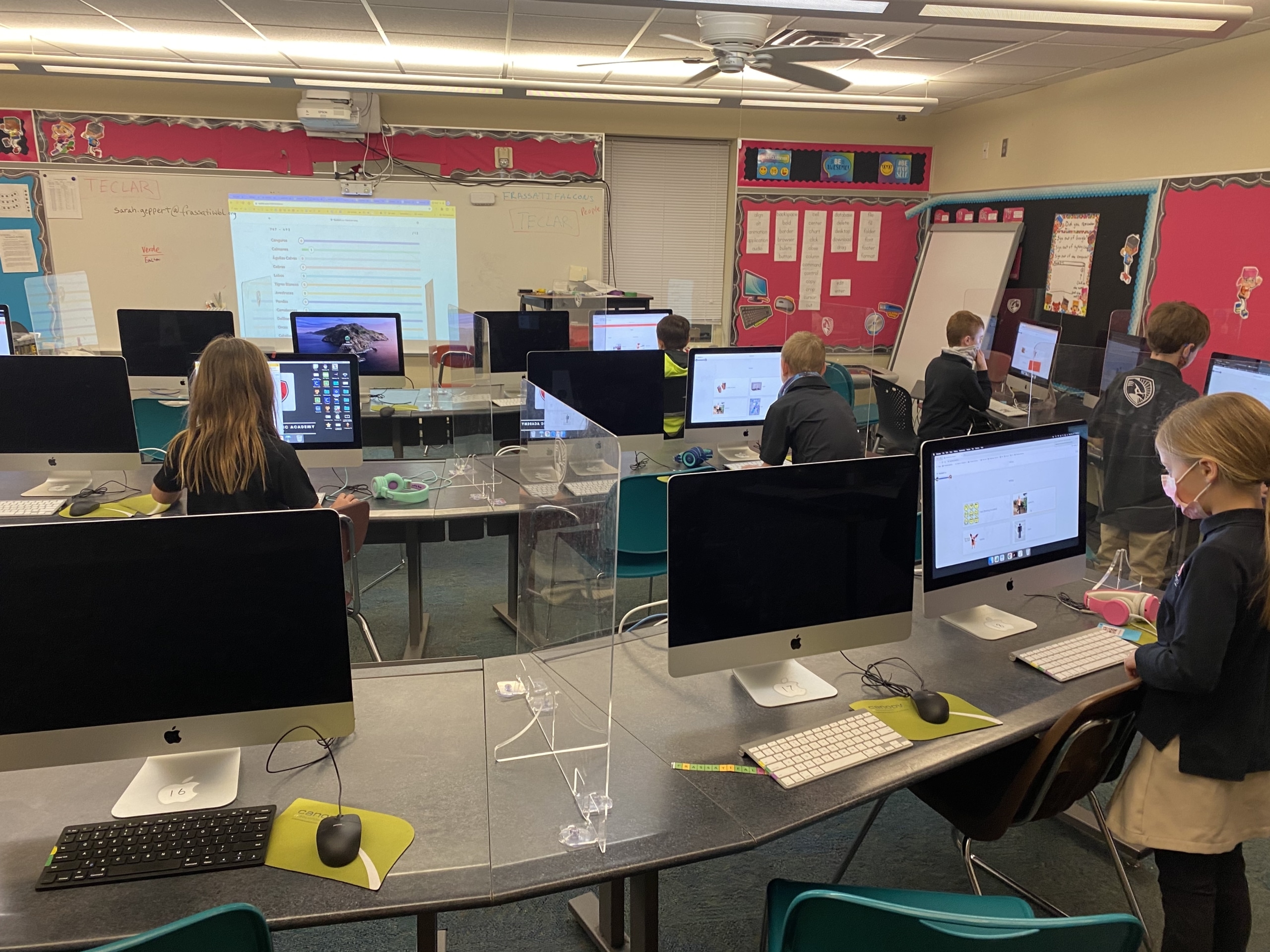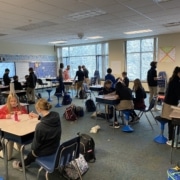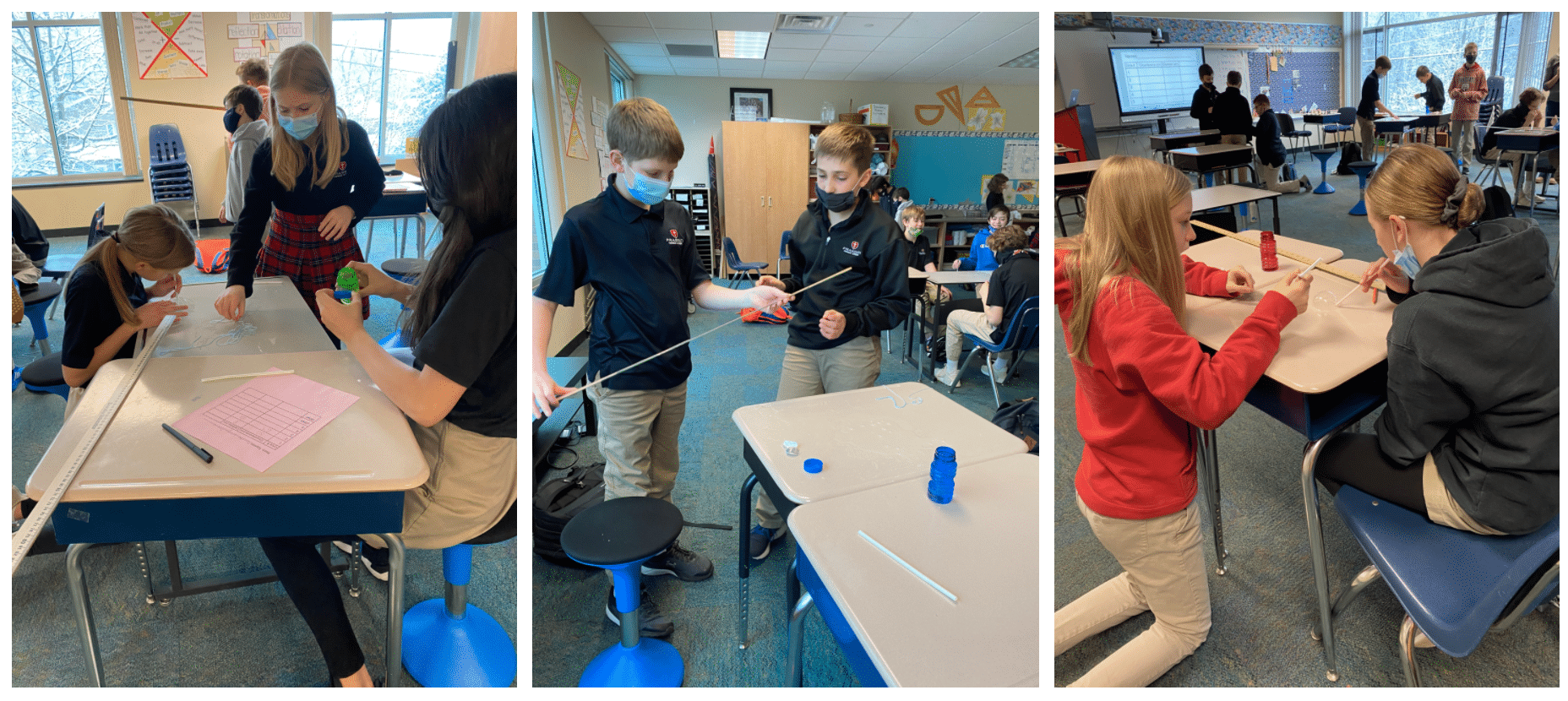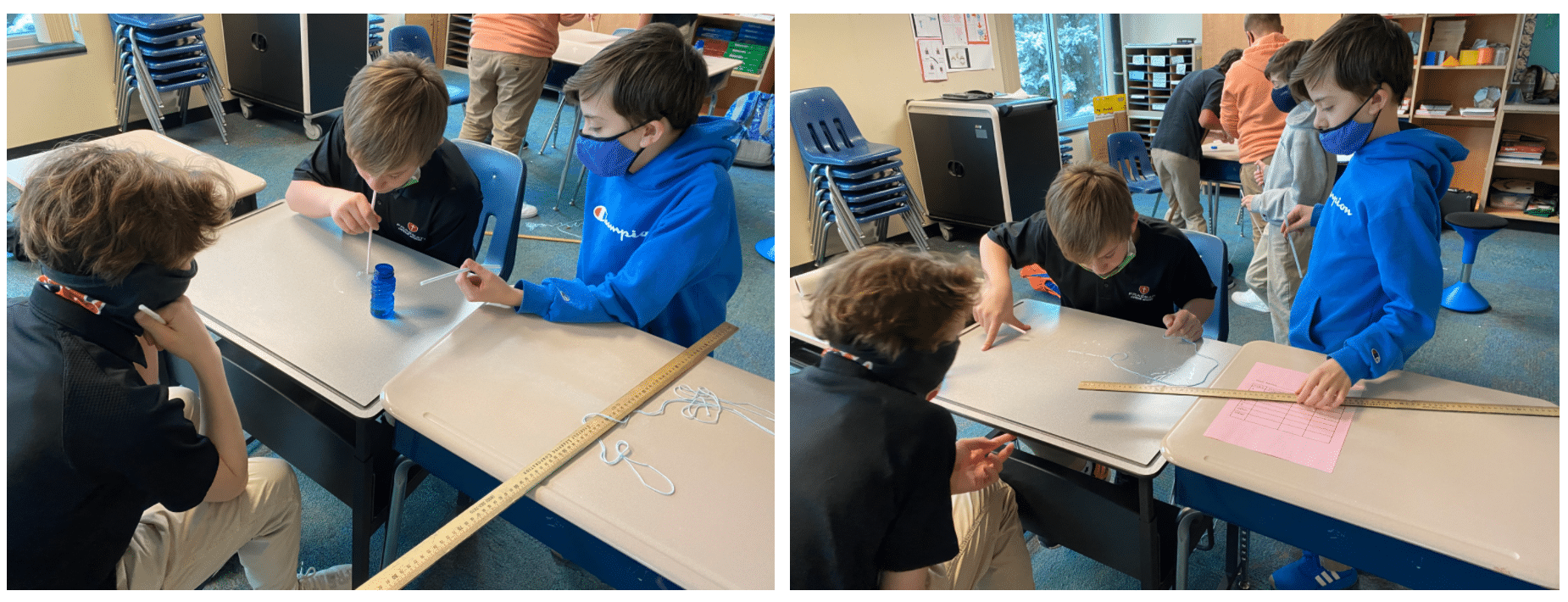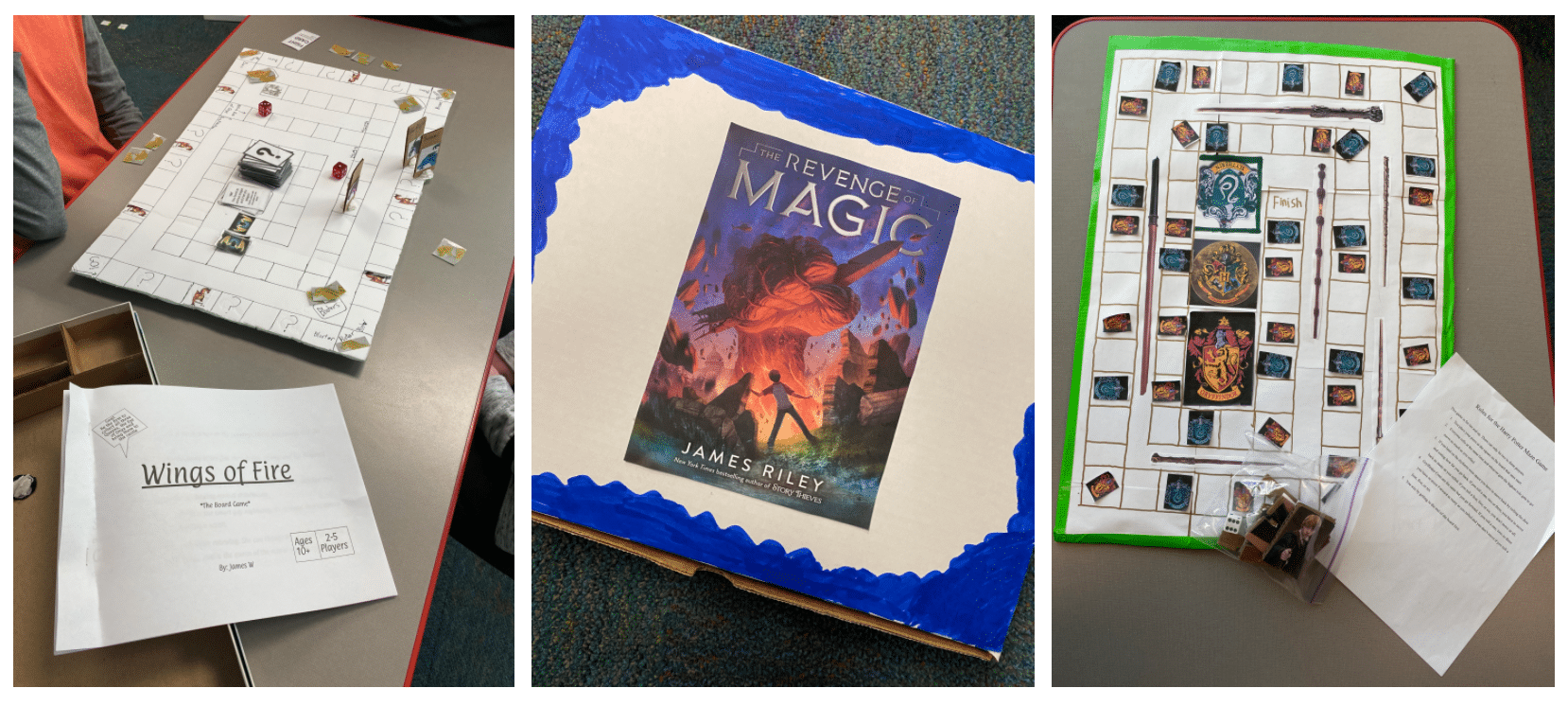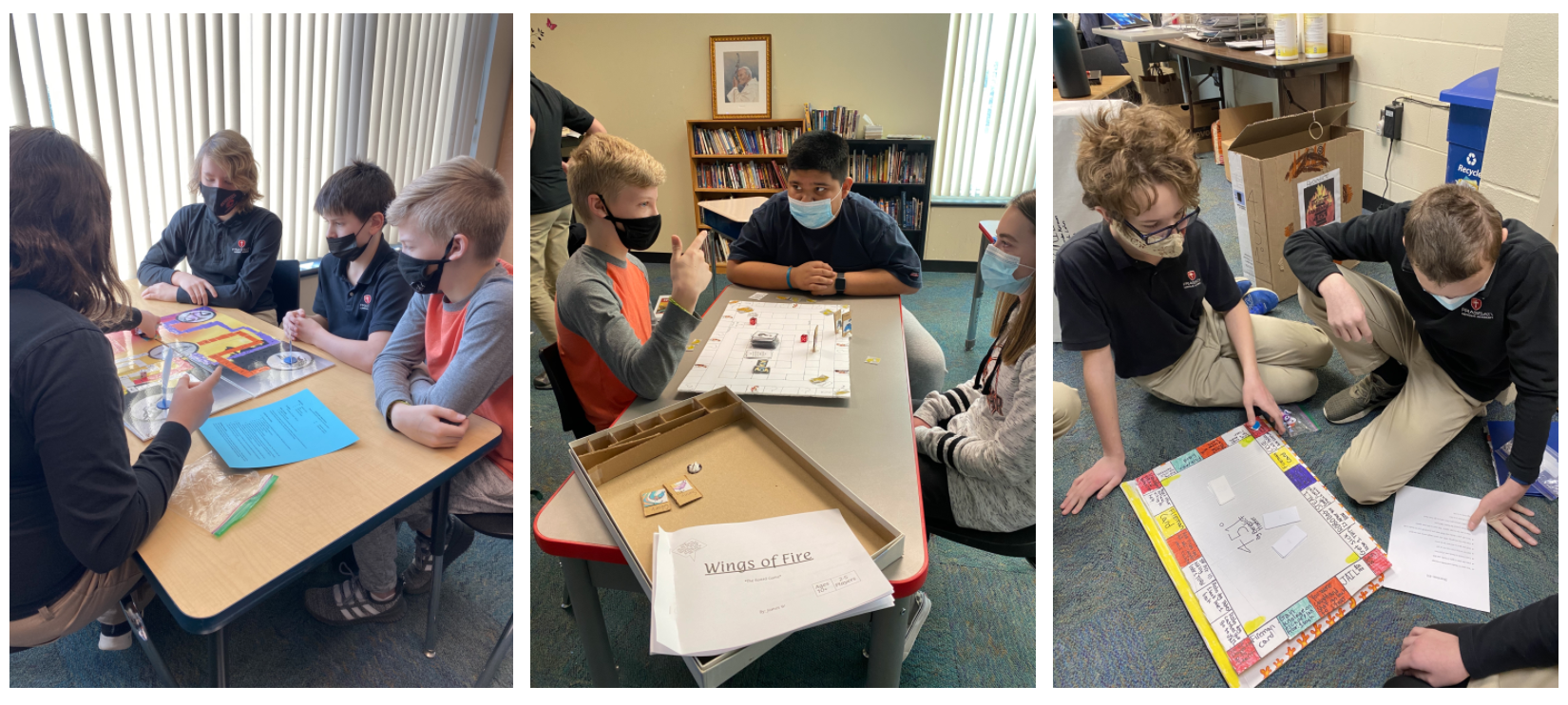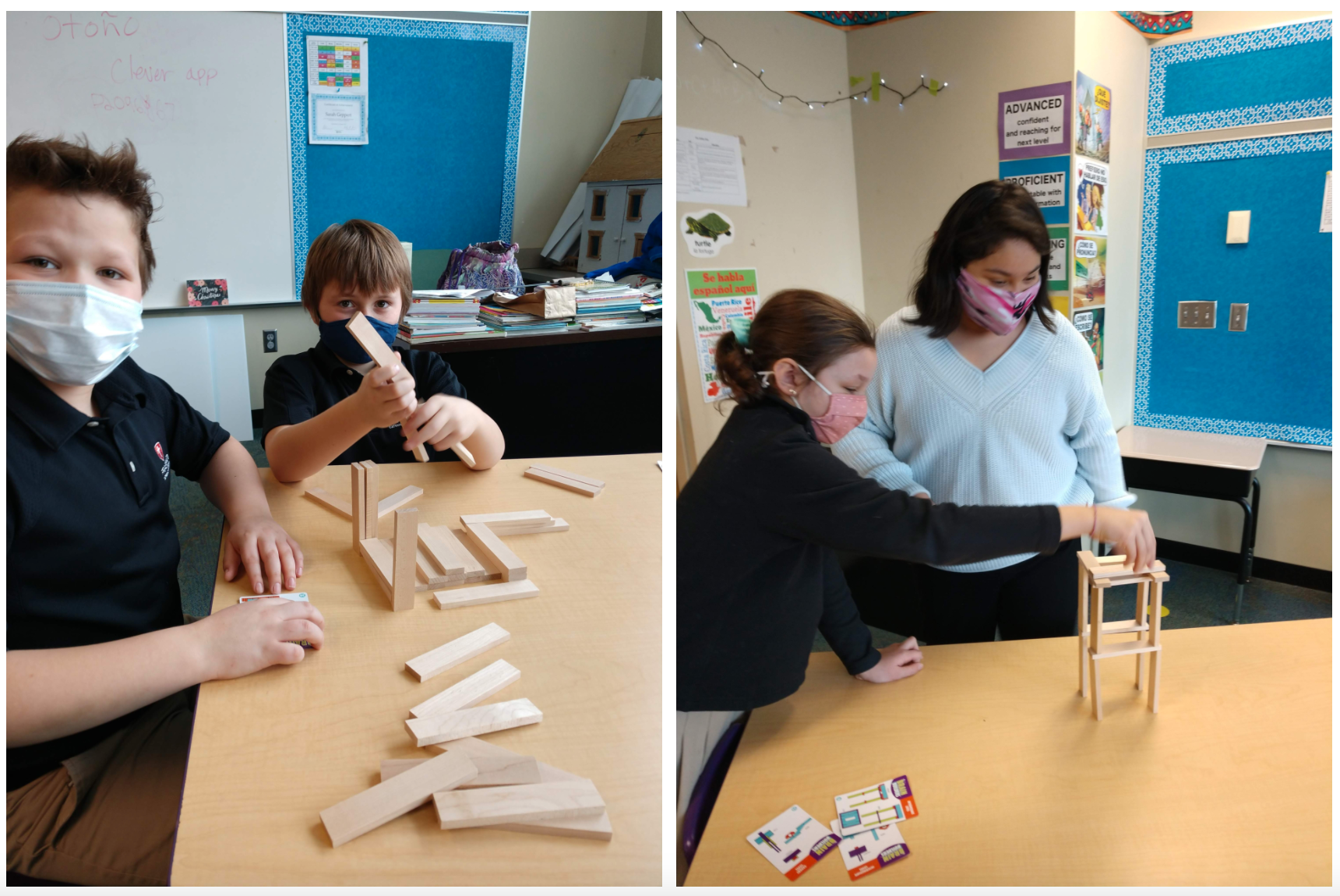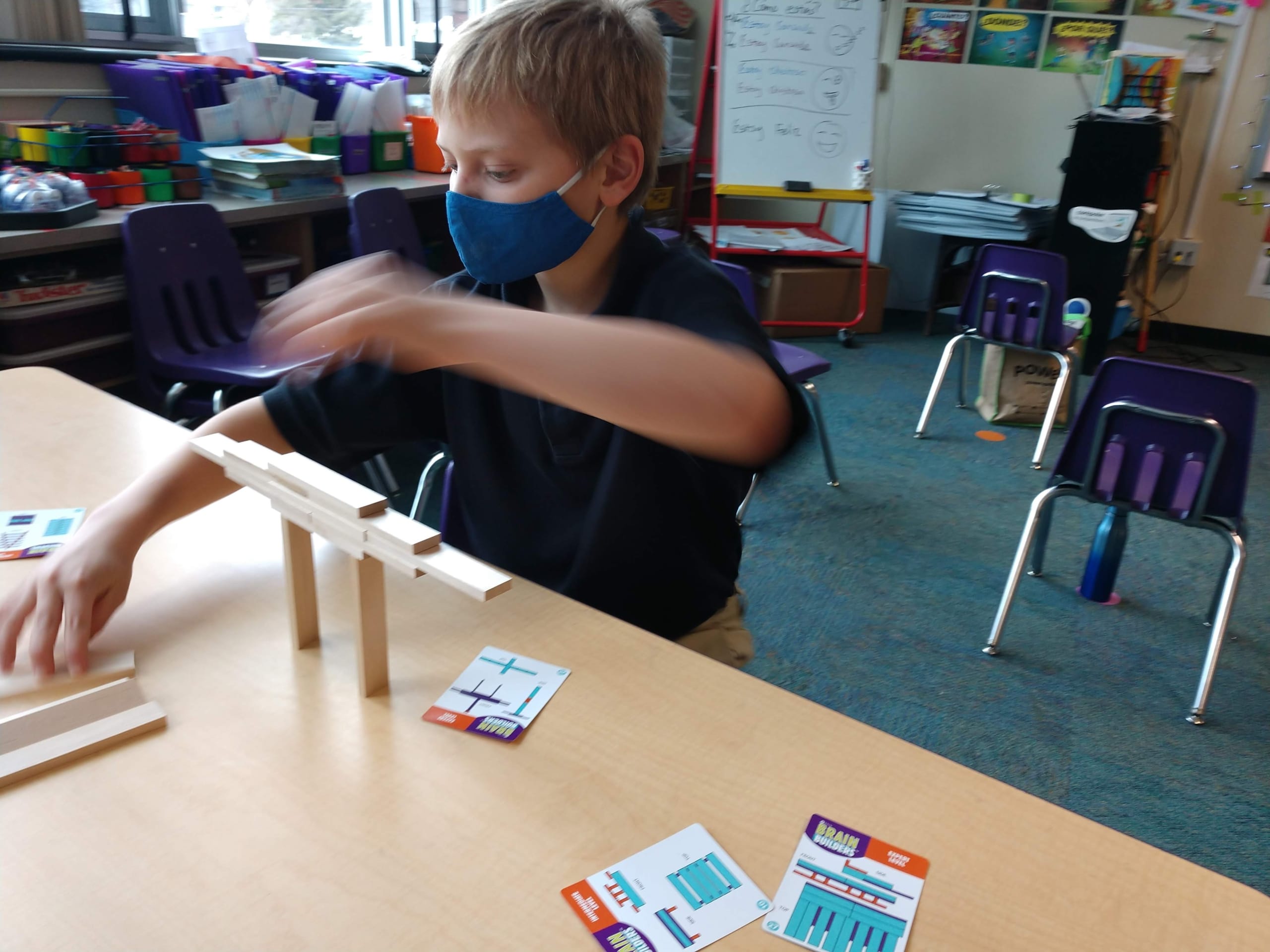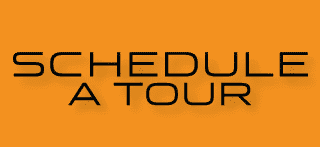The Final Harvest
The sixth-graders were busy in the garden this week, harvesting the last of the vegetables.
The class broke into teams, with one group digging up the potatoes, another harvesting peas, a group on pea shucking detail, and the last group removed the remaining plants from the garden and tilled the soil.
Seventh grade will be measuring the haul to collect data and to look for dominant and recessive patterns in the vegetables.
And lastly, the eighth-grade students will cut everything into tiny pieces and then mix all those tiny chopped pieces back into the soil.
Since plants pull nutrients from the soil while growing, mixing vegetables back into the soil will help to add nutrients back into our garden beds before we plant again next spring.
These school garden beds serve as a gathering space for this entire community.
In the spring, students map out their gardening plans and plant their seeds. In the summer, families return to campus to weed and water. And lastly, in the fall, the classrooms coordinate who will harvest, what will be eaten, and who will prep the beds for the winter ahead.
